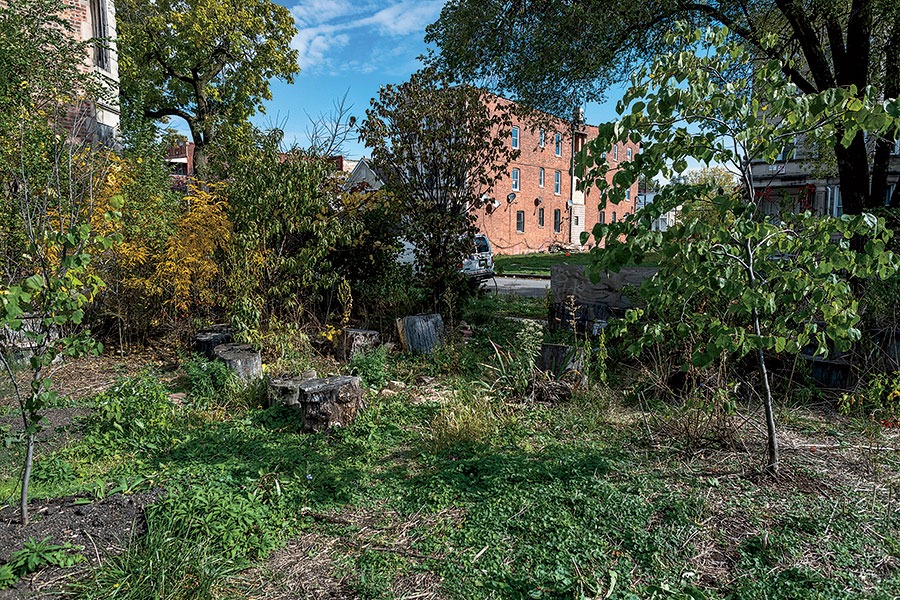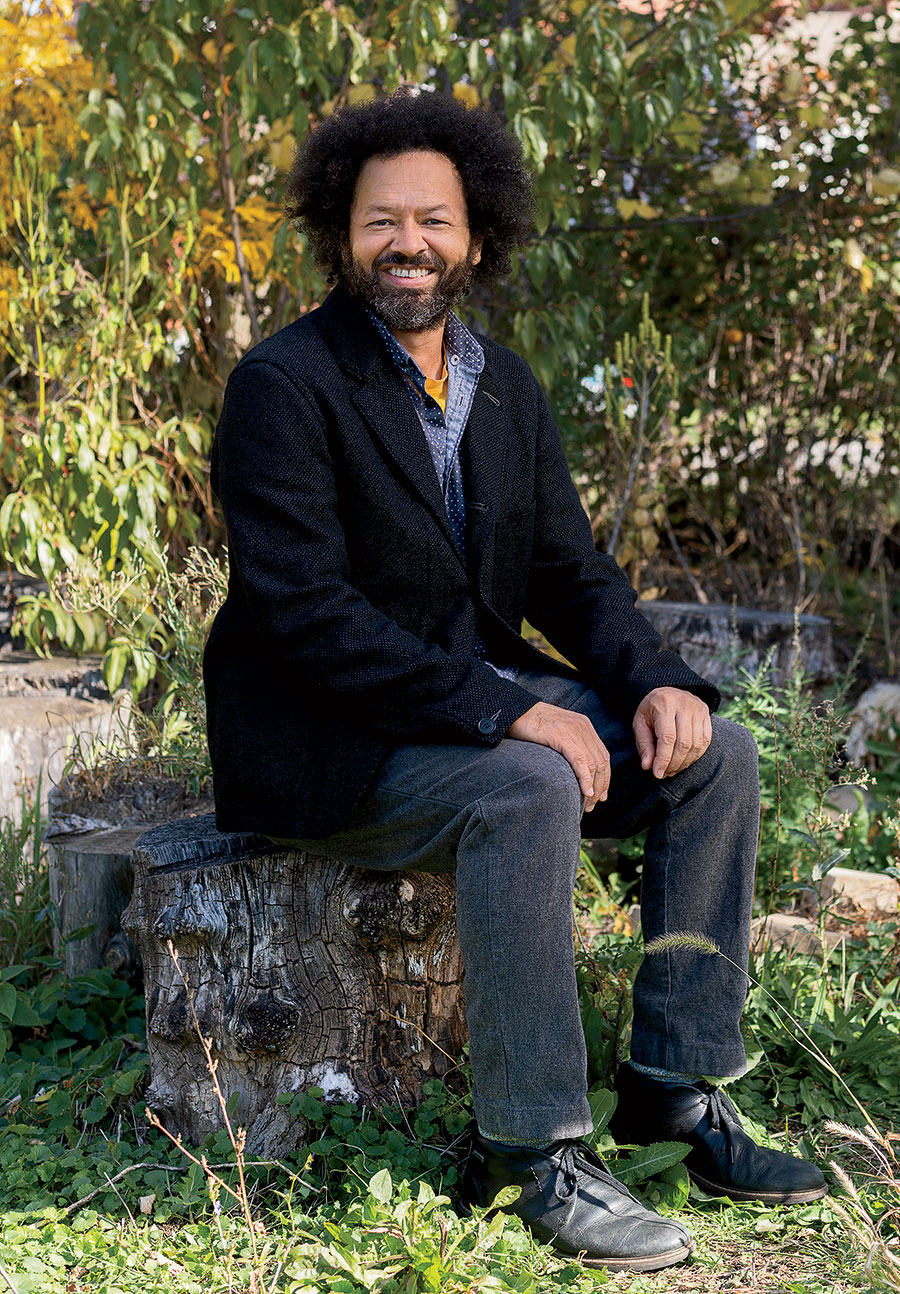For many, the mention of “architecture” conjures thoughts of floor plans and blueprints that become houses and buildings and skylines — facts and figures about which are conveyed to us on riverboat tours of the built environment.
But the fourth edition of the Chicago Architecture Biennial, which opens September 17, centers on the unbuilt. Dubbed The Available City, the 2021 biennial pairs contributing architects and designers with community organizations to imagine — and, in some cases, implement — new projects for Chicago’s approximately 10,000 city-owned vacant lots.
The theme expands on work that this year’s artistic director, David Brown, presented under the same name as part of the inaugural biennial in 2015. A professor at the School of Architecture at the University of Illinois at Chicago, he has been exploring the uses of vacant lots since the early aughts, when he taught at Rice University in sprawling Houston.
“I don’t think I fully expected that I would be able to continue it in Chicago,” Brown says of relocating here in 2004. “Moving from a kind of super-dispersed city, I think my initial thought of Chicago, not having spent much time here, was that it’s a super-dense city, so I was surprised to find that there were the quantity of vacant lots there are.”
As Brown soon learned, many of those lots are concentrated in underserved communities on the city’s South and West Sides. “I got exposed to it with a 2006 Chicago Architecture Center exhibit that I curated [about] North Lawndale. I think at the time they may have had the highest number in the city.”

Brown began mapping the vacant land and cataloging possible uses, first presenting his research at the Venice Biennale in 2012 and then at Chicago’s inaugural biennial. Since the end of the 2015 program, he’s been engaging with community organizations on implementing some of those ideas for collective spaces. A presentation to the North Lawndale Community Coordinating Council in 2016, for instance, led to Brown connecting the neighborhood’s MLK Memorial District and Community Christian Alternative Academy with local designers to help develop their community garden programs.
That process is guiding Brown’s vision for the 2021 biennial, where attendees will visit installations from Englewood to the South Loop, on open land and in empty storefronts. Two examples from North Lawndale provide a peek into what’s in store.
A new play structure, designed by Miami’s Studio Barnes, will be built on a lot owned by the Westside Association for Community Action. The installation will also feature an “architectural-scale urban painting” created by Outpost Office, a design firm based in Columbus, Ohio. The work marks the first step in a proposed redevelopment of a 15-block stretch below the CTA Pink Line tracks between Kedzie and Kildare Avenues. Elsewhere in the neighborhood, the “design farm” Bittertang, which worked with CCA Academy on its community garden, will again partner with the school to install a permanent outdoor classroom.
“Activation weekends” will take place in different neighborhoods for six weekends, beginning September 25. Family days, featuring hands-on activities and theater, dance, and spoken-word performances, are also planned.
“The experience of the biennial is obviously very different than what people have encountered in the past,” says Rachel Kaplan, the biennial’s director. Some of that is due to practical considerations: Organizers had to make the call about this year’s event during the pandemic shutdown, and they didn’t know if the Chicago Cultural Center would be reopened in time.
“The Cultural Center obviously has served as a really great central hub for us being able to host free events, but since 2015, we’ve been saying the city is the site,” Kaplan says. “We’ve been working with David since 2015, and it just kind of clicked that this was a really amazing opportunity to take his vision and put it on this global scale.”
When to Go
Different neighborhoods featured in the 2021 Chicago Architecture Biennial will be highlighted each weekend through October with special itineraries for visitors and additional programming by community partners. Visit chicagoarchitecturebiennial.org for complete schedules and locations.
■ September 25–26
North Lawndale, Garfield Park
■ October 2–3
Englewood, Woodlawn, Bronzeville
■ October 9–10
Pilsen, South Loop
■ October 16–17
North Lawndale, Garfield Park
■ October 23–24
Englewood, Woodlawn, Bronzeville
■ October 30–31
Pilsen, South Loop, North Lawndale



